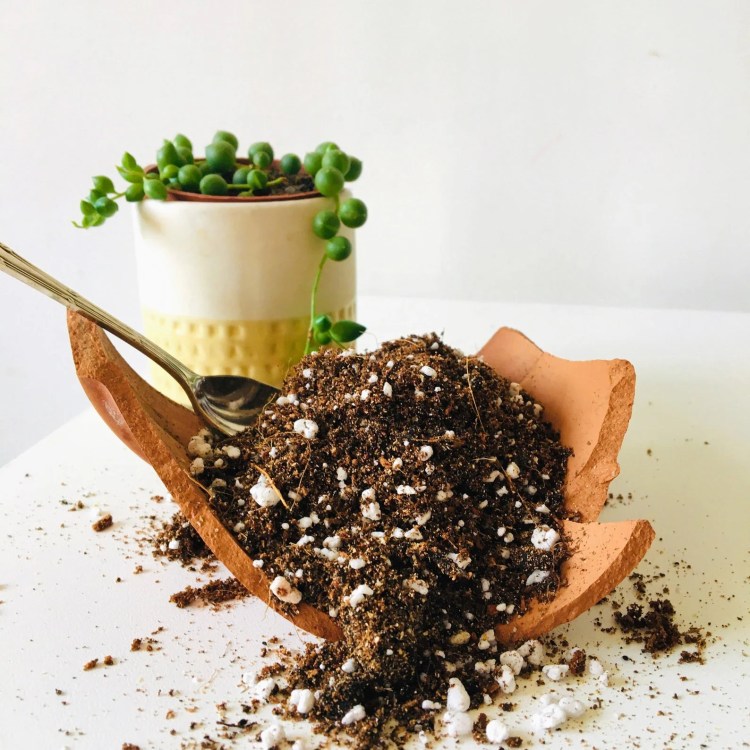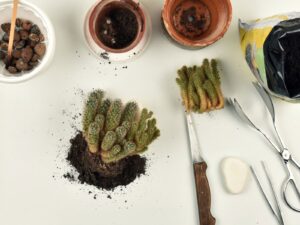Have you ever pondered why the choice of soil mix is often overlooked in the care of cacti and succulents? Both categories of plants, cherished for their resilience and beauty, thrive in nutrient-poor conditions that mimic their native habitats. However, selecting the right soil can pose a dilemma for even the most seasoned plant enthusiasts. So, what exactly is the ideal soil mix for these hardy plants, and why does it matter?
Understanding the unique characteristics of cacti and succulents begins with recognizing their natural environments. These plants are predominantly found in arid or semi-arid regions, where drainage is paramount. Let’s delve into the intricate world of soil components that cater specifically to cacti and succulents to help them flourish.
Essential Components of a Cactus and Succulent Soil Mix
To cultivate healthy cacti and succulents, a well-balanced soil mix is crucial. The blend must ensure that water moves through quickly while allowing the roots to access scant moisture. An optimal mix comprises several key components:
1. Inert Materials:
Incorporating materials like pumice, perlite, or coarse sand not only promotes drainage but also prevents compaction. These components provide aeration, ensuring that the roots receive adequate oxygen and thereby reducing the risk of rot.
2. Organic Matter:
While succulents and cacti thrive in nutrient-scarce environments, a small percentage of organic matter, such as coconut coir or decomposed leaves, can provide essential nutrients without retaining excessive moisture. This balance is vital for root health and vigor.
3. Mineral Content:
Adding minerals such as granite grit or crushed limestone can introduce necessary trace elements, bolstering the overall robustness of these plants. Furthermore, mineral components aid in maintaining an alkaline pH, mimicking the natural soils in which these plants typically thrive.
4. Commercial Cactus Mixes:
There are several commercially available cactus and succulent potting mixes that can provide an appropriate balance of the aforementioned materials. However, understanding what ingredients are included will allow cultivators to modify them based on individual plant requirements.
Crafting Your Soil Mix: Key Ratios
Creating the ideal soil mix doesn’t have to be daunting. Whether you are making your blend or purchasing commercially prepared products, there are best practices that can help guide your choices. When crafting your mix, consider the ratios:
Basic Blend Recipe:
– 50% Inert Material (pumice, perlite, or coarse sand)
– 25% Organic Matter (coconut coir or compost)
– 25% Mineral Content (granite grit or crushed limestone)
Utilizing this basic ratio can be a game-changer for your plants. Additionally, variations can be made depending on specific needs. For example, if you are growing cacti that require even drier conditions, increasing the inert material portion may yield better results.
The Importance of Drainage: A Common Misstep
One of the most common pitfalls in caring for these desert dwellers is inadequate drainage. Overwatering is often the primary cause of cactus and succulent demise. In their native habitats, these plants have evolved to withstand long periods of drought, thus necessitating rapid drainage of excess water to prevent root rot. The soil must facilitate quick drainage, promoting a healthy moisture balance. Make sure your pots have drainage holes, and consider elevating potted plants to allow airflow beneath.
Signs Your Soil Needs Adjustment
Even with the best intentions, soil conditions may need reassessment over time. Here are indicators that your soil mix could benefit from adjustment:
1. Signs of Overwatering:
Yellowing leaves, mushy stems, and a generally wilted appearance indicate that your cactus or succulent has been overwatered. This could point to insufficient drainage material in your mix.
2. Stunted Growth:
If your plants have halted their growth despite receiving light and proper care, it may be time to examine the nutrient quality of the soil. Consider incorporating more organic matter to boost vitality.
3. Soil Compaction:
Over time, soil can compact, leading to reduced aeration. If you notice your soil appears solidified or crusty, it may be time to refresh or replace your mix entirely to restore proper oxygen levels.
Potting Techniques for Success
Alongside soil selection, potting techniques play a pivotal role in the success of your cacti and succulents. Utilize pots that are deeper rather than wide, allowing for root development without promoting rot. Additionally, always fill pots approximately 1/3 full with the soil mix prior to placing the plant and then gradually fill around the edges.
Furthermore, don’t underestimate the power of layering. Introducing a layer of small stones at the base of your pot can enhance drainage and further prevent soil from clogging the drainage holes. Consider this a simple yet effective measure that could save your plants from unnecessary stress.
In conclusion, choosing the right soil mix for cacti and succulents can make a world of difference in their health and longevity. Understanding the components of an ideal mix, recognizing the importance of drainage, and monitoring for signs of poor soil health can lead to thriving plants. With the right knowledge and tools at hand, anyone can successfully cultivate these beautiful plants and celebrate their unique charm in their living spaces.





Leave a Comment